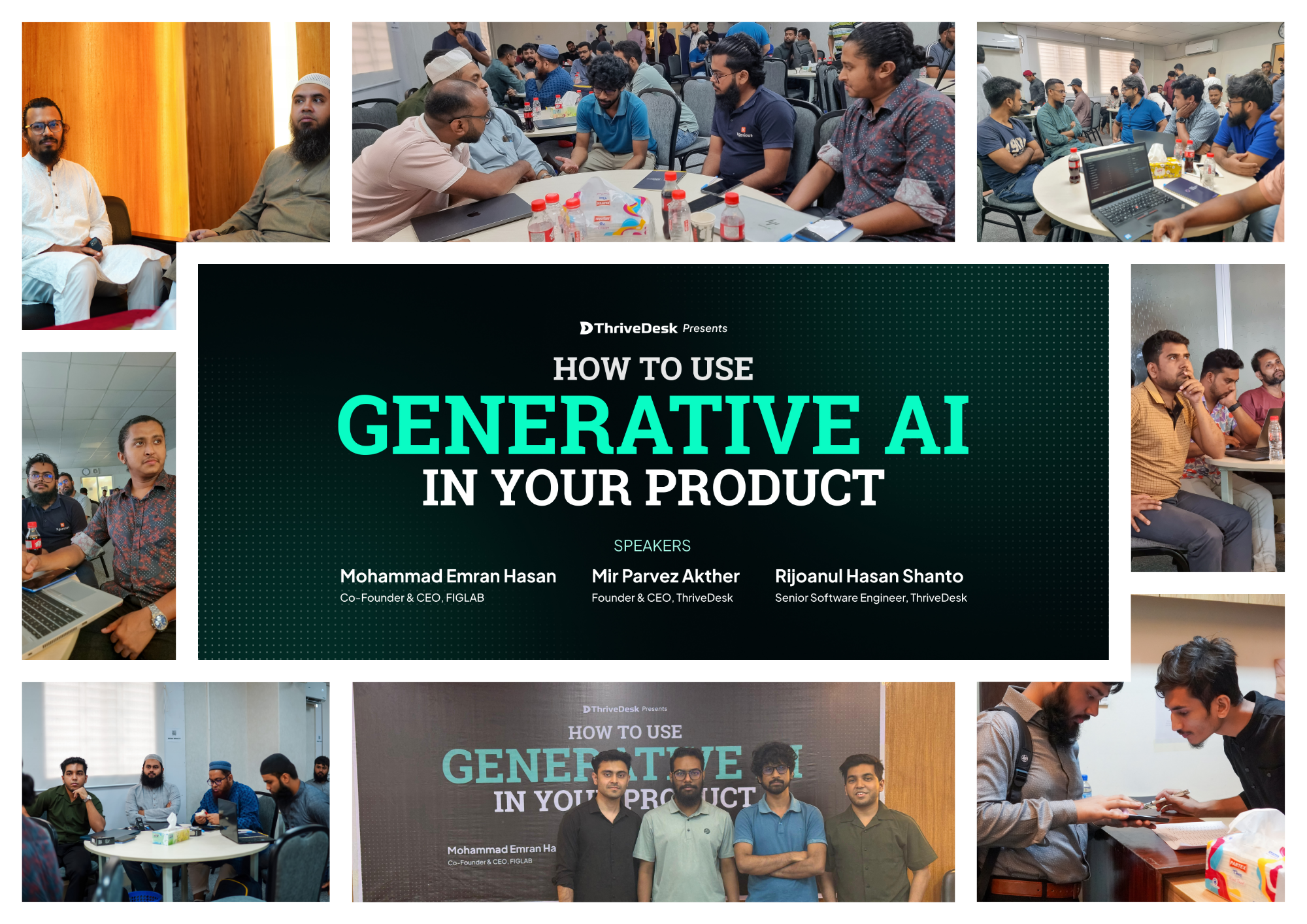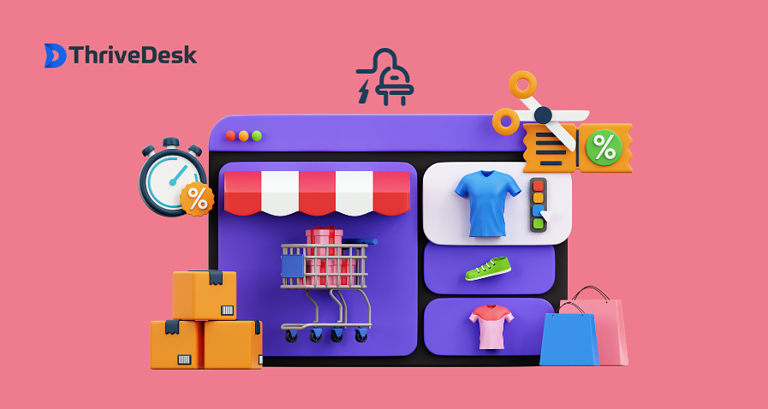ThriveDesk hosted a full-day workshop titled “How to Use Generative AI in Your Product” in collaboration with MEC. A packed room of developers, engineers, and technical founders came together for a full day.
It was a pleasure meeting so many passionate people from the tech community, and we are grateful for the amazing feedback shared.
We believe in helping people understand the “how” behind modern technology. AI is growing fast, but many still see it as a black box. This event was about opening that box and showing how it actually works in real products.
AI is everywhere now. But how many of us actually know how it works? How it fits inside a real product? Or what happens when it goes wrong?
Knowing how to use AI tools is no longer enough. You need to understand how to apply them and make smart choices about when to let AI lead and when to take control yourself.
And most importantly, how to build trust with your users while using these tools responsibly.
Missed the event? Here’s a full recap of the day.
Welcoming the Community
Attendees checked in early. Laptops open, coffees in hand. Groups formed fast around tables. Many were meeting for the first time and it didn’t take long before they started sharing ideas and tools.
We kicked off with a warm welcome, then jumped right into the sessions.
Session Highlights
A huge thanks to three of our incredible speakers who not only shared their knowledge but also their personal ways of working with AI.
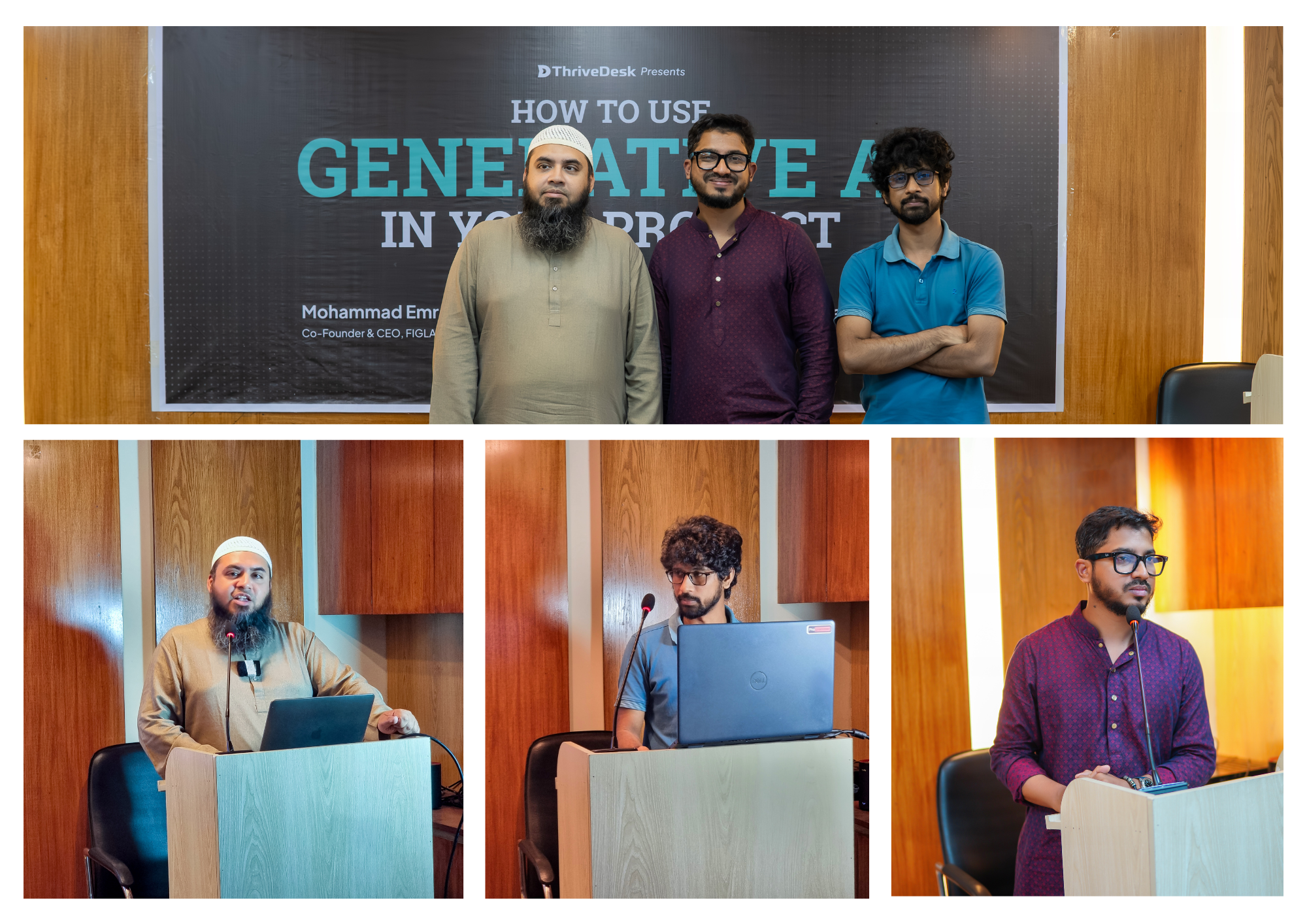
How to Improve Coding with MCP
We started the day with Mohammad Emran Hasan, CEO of FIGLAB. He introduced a method for improving how developers use AI while coding.
The framework is called MCP, which stands for Model, Context, and Protocol. This helps break problems into clear steps before even writing a prompt.
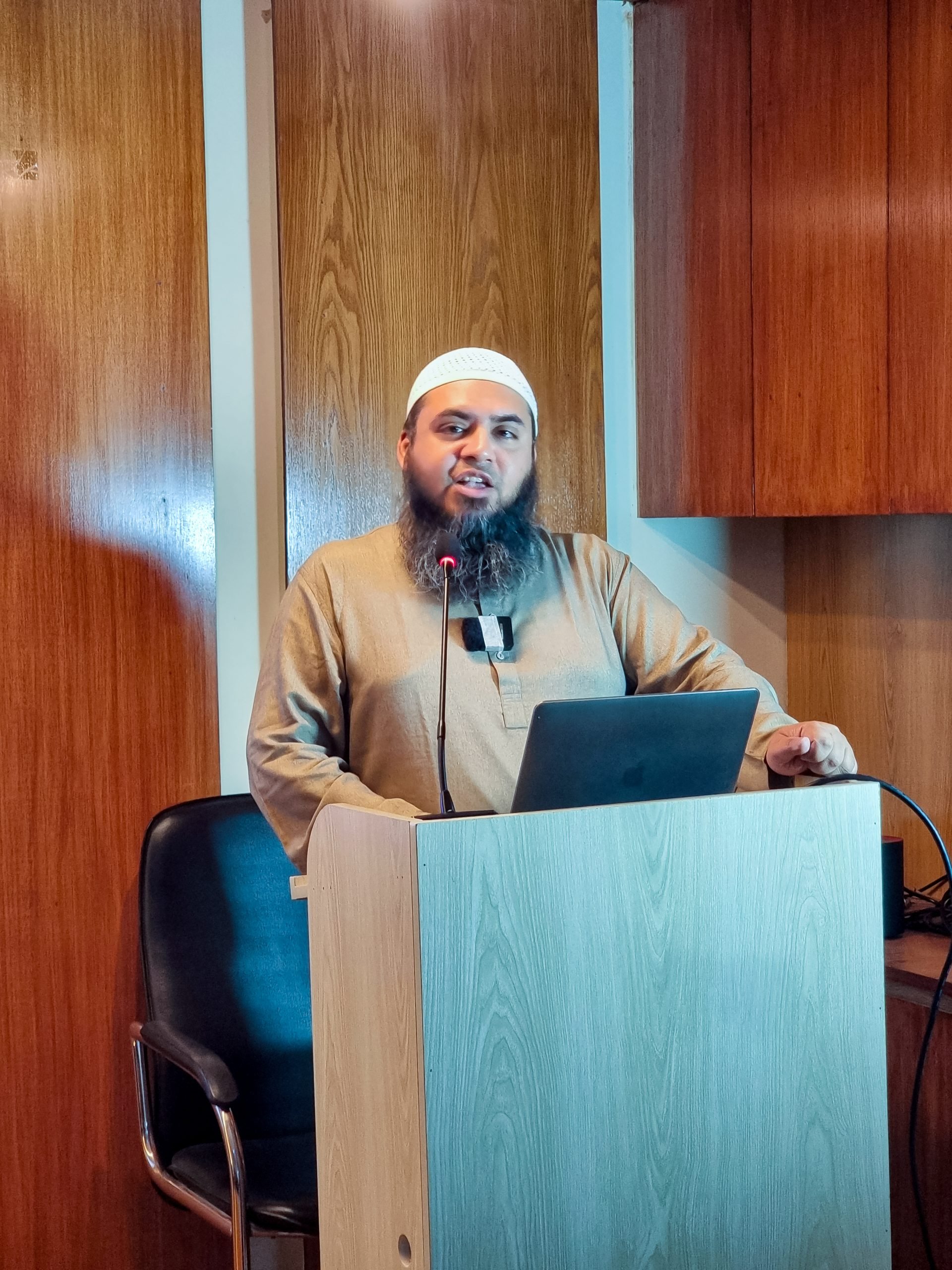
He explained that choosing the right model matters, but what you feed it and what output you expect are just as important.
With examples from real projects, he showed how this structure makes coding more predictable and clean. His advice was to treat prompt writing the same way you treat architecture in software.
He reminded us that good results come from clear thinking. If you write messy prompts, you get messy results. He also showed real examples using GitHub repositories and explained how MCP has helped him speed up code while staying in control.
You can connect with him on LinkedIn.
Real-Life AI Integration Strategies: ThriveDesk Case Study
Next, Rijoanul Hasan Shanto from our very own ThriveDesk team took the stage. He gave a behind-the-scenes look at how ThriveDesk uses AI in daily operations. He showed how we use AI in the product you use every day.
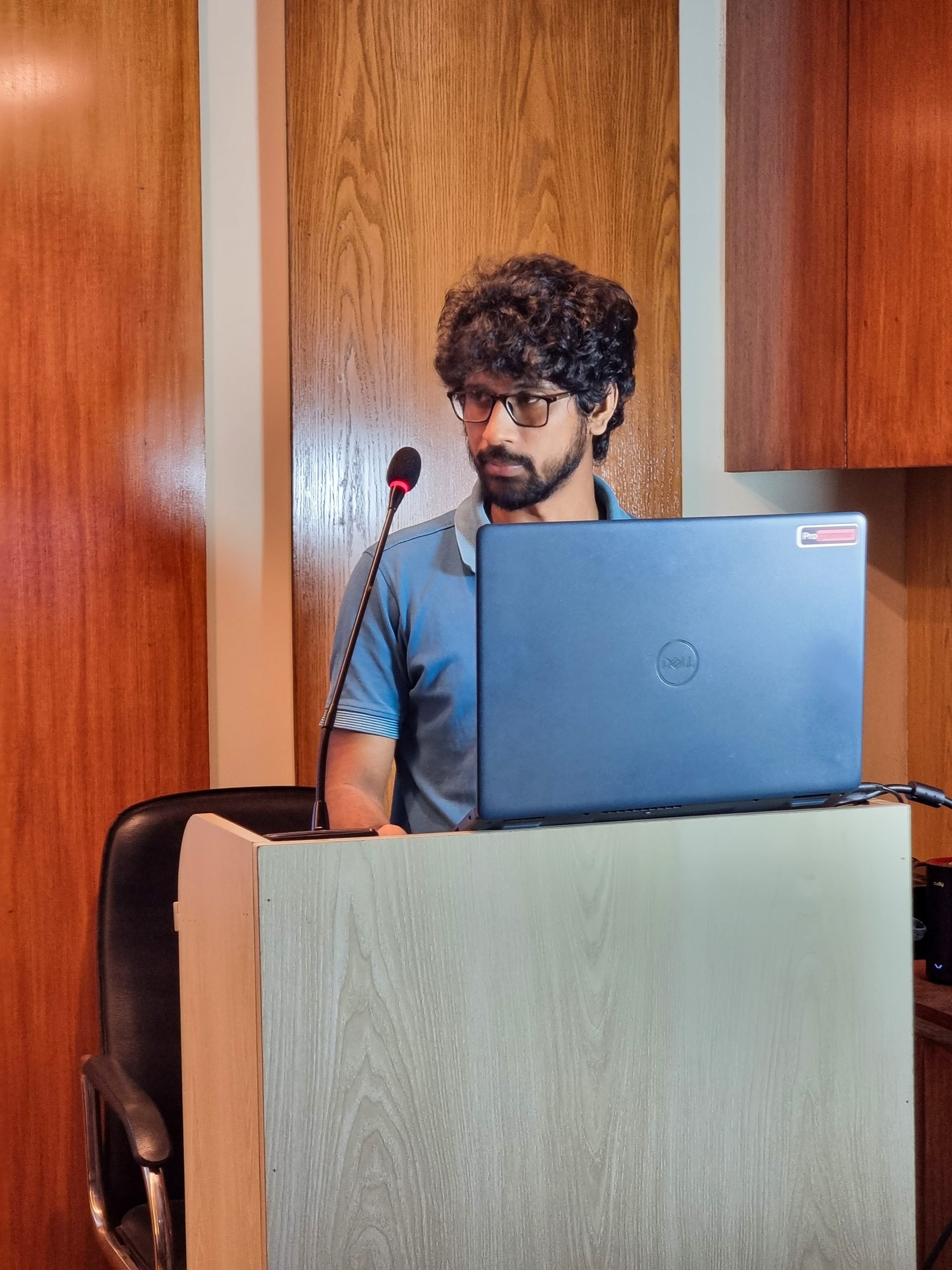
He walked through our hybrid search setup, where we mix keyword and vector search to help customers find better answers.
He explained how we use RAG (Retrieval-Augmented Generation) to make sure responses are grounded in actual knowledge from our support docs, chat logs, and saved replies.
He also highlighted the challenges. Language differences, outdated content, and data freshness. His session was packed with useful code demos. Check out the code and try it yourself.
You can connect with Shanto on LinkedIn.
AI and the Productivity Paradox
The final session came with a reality check. Mir Parvez Akther, CEO of ThriveDesk, flipped the conversation.
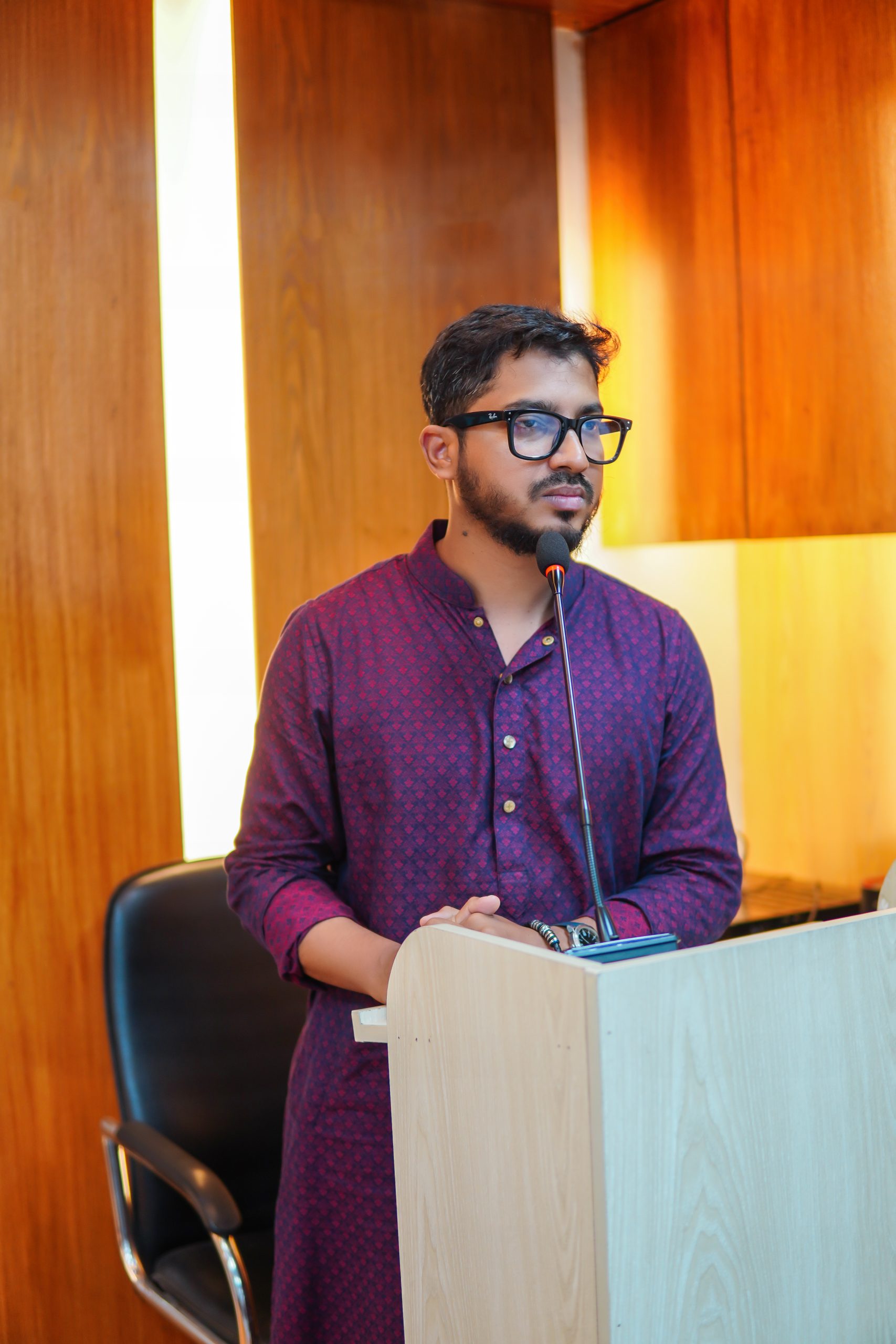
This session focused on a growing concern. AI tools make people faster, but not always better.
Instead of showing what AI can do, he asked: What is it doing to us?
He shared studies that showed people became more productive but less motivated when using generative AI.
People can lose focus and creativity when they depend too much on machines. Brain scans showed reduced critical thinking and creativity in developers relying heavily on AI.
If machines help us do everything faster, are we still learning?
Parvez reminded everyone to become experts first. Tools can help, but they should not lead. He stressed the value of real-world skills like communication, leadership, and storytelling.
He also gave some practical advice. Always check and improve what AI gives you. Don’t treat it as finished work. Practice writing better prompts and take time to learn your craft.
Be the person others trust for good decisions. Most of all, keep building your human skills.
You can follow Parvez on LinkedIn.
What the Learners Took Home
This workshop wasn’t just about listening. It was about understanding, trying things out, and learning by doing. Here’s what the learners walked away with:
How real companies like ThriveDesk are using smart tools inside products
Attendees saw how ThriveDesk uses AI features to solve real customer problems. They learned how things like search systems, chat replies, and help articles work together.
Instead of just hearing ideas, they saw how these features are actually built and used every day inside a live product.
Hands-on experience with writing prompts, fixing flows, and designing backup plans
Participants didn’t just learn what a prompt is. They practiced writing better ones. They tested how a chatbot replies.
They learned how to set up fallback steps so a real person can take over when needed. These tasks helped them understand how to plan and test features in a real-world environment.
A simple way to think before using any tool, called MCP
Many attendees said this was one of their favorite takeaways. MCP stands for Model, Context, and Protocol. It’s a way to think clearly before asking for help from any machine or tool.
You decide which tool to use, what you want it to know, and what kind of answer you need. It makes the process more organized and easier to control.
Ready-to-use code samples, tools, and building blocks
By the end of the day, everyone had access to working code and useful templates. These can be used to start building real features. These examples are ready to use.
You can build a support bot, a search tool, or test how different parts work together.
Beyond the Sessions: Food, Friends, and Future Builders
Beyond the sessions, what really brought the event to life were the conversations in the hallways and over coffee. Developers from startups, agencies, and product teams across Bangladesh came together.
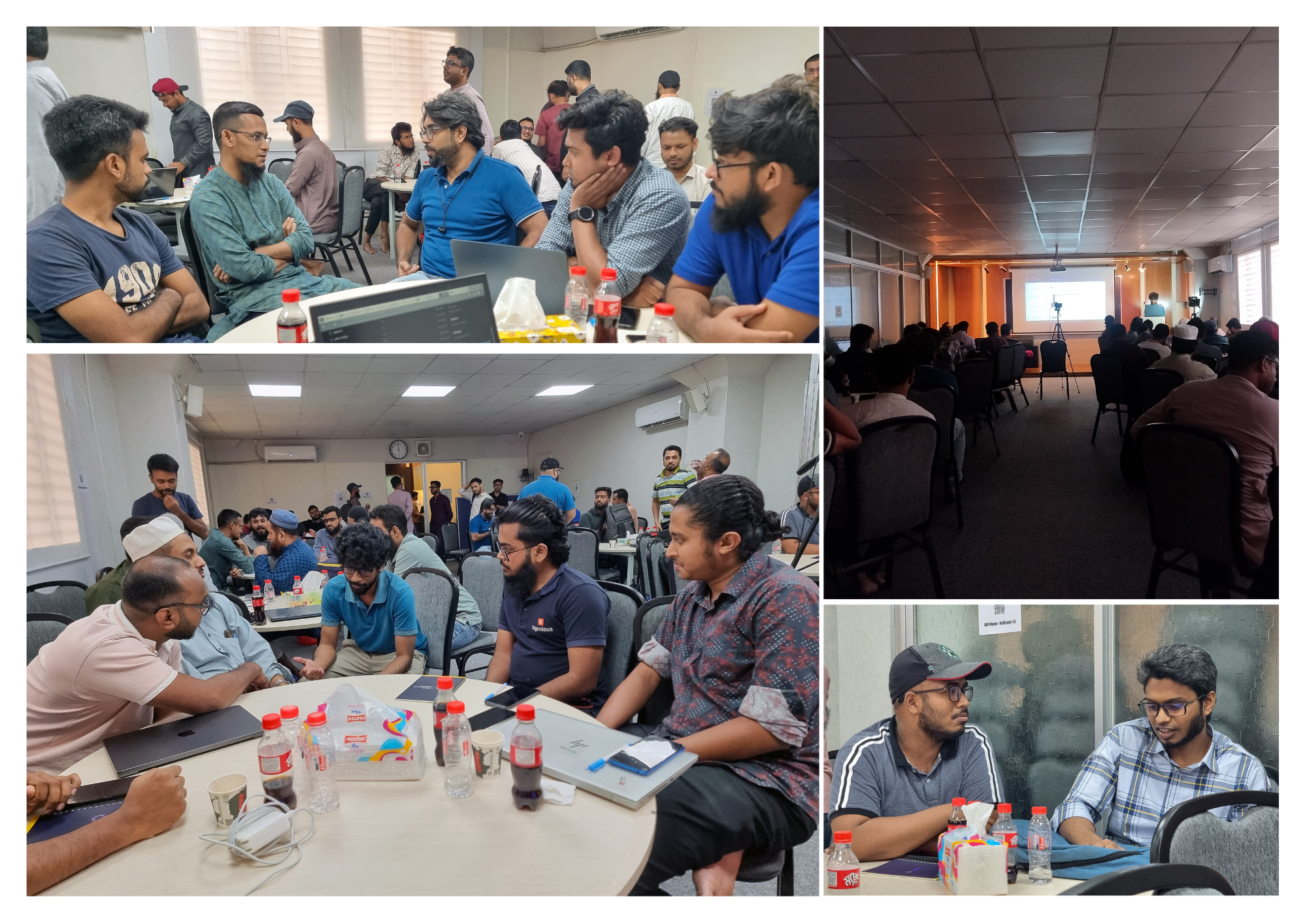
You could feel the shared curiosity, the thoughtful challenges, the aha moments. This is how a real tech community is built. By learning together, failing fast, and sharing notes.
That’s what ThriveDesk is trying to grow. A space where you don’t just use tools but understand them, challenge them, and evolve with them.
¿Que sigue?
You don’t need to be an AI researcher to shape the future. But you do need to take AI seriously. As a tool, yes, but also as a responsibility.
At ThriveDesk, we’re committed to building more spaces like this. Where you can experiment, grow, and connect with others building human-centered, AI-augmented products.
Want to join us next time?
Follow ThriveDesk on socials to stay in the loop for future workshops, repos, and releases.
Your product won’t build itself. With the right tools and the right mindset, you’ll be ready for what’s next.

